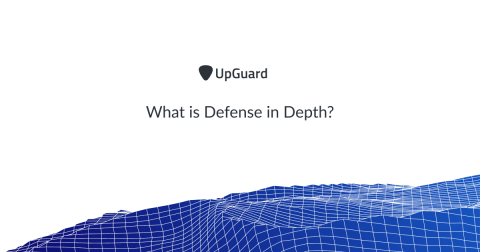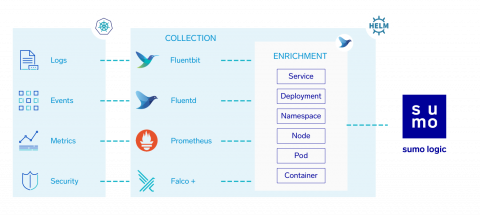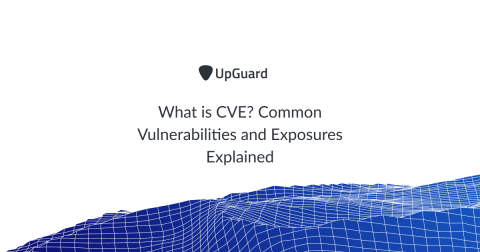Top Tax Scams to Watch out For
Diligent taxpayers are being increasingly targeted by con artists who are well-versed in manipulating the revenue system. The crooks usually impersonate IRS (U.S. Internal Revenue Service) officials, sending fake emails or messages on social media in an attempt to defraud the targeted individuals of their money. Unfortunately, lots of people fall for these scams, and the malefactors are raking in significant profits. Below is a list of the prevalent tax swindles doing the rounds nowadays.









